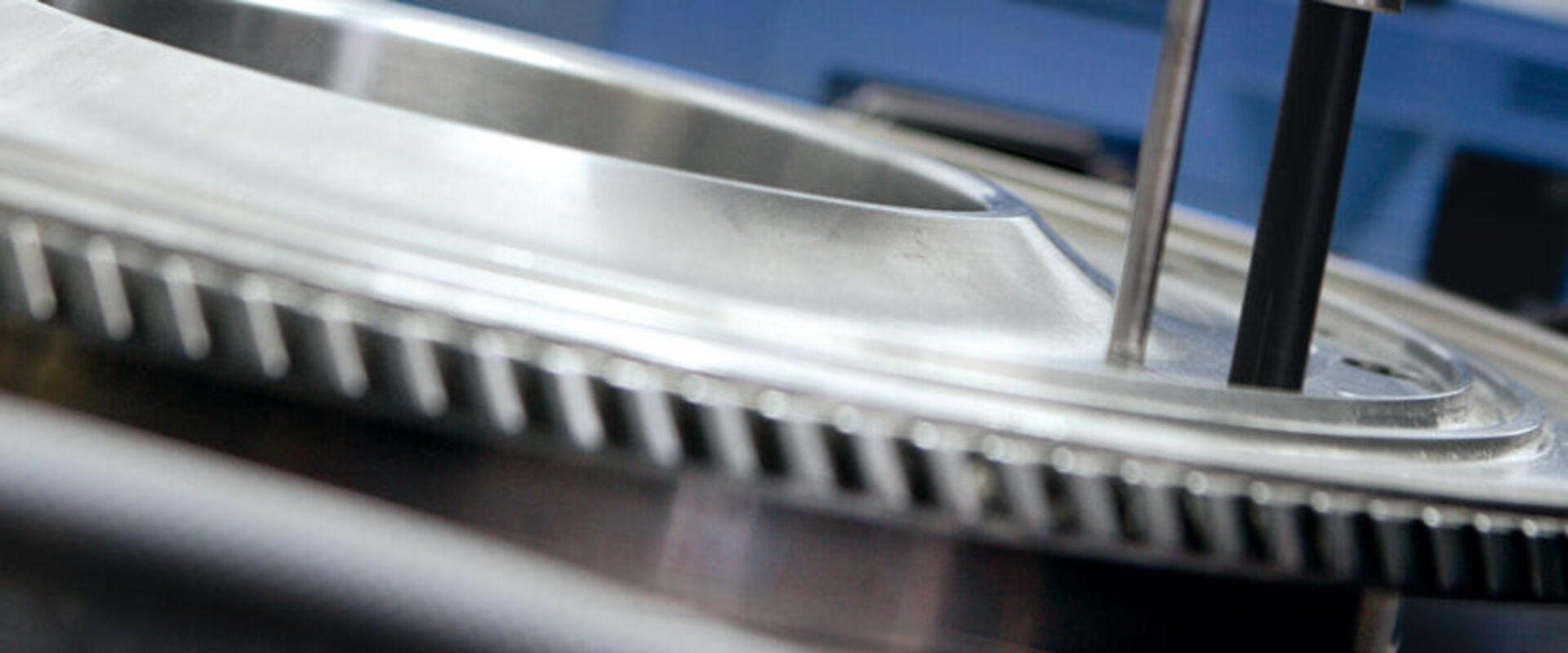To meet your requirements MTU Aero Solutions provides various methods of non-destructive testing.
| Process | Objective | Workpiece size |
|---|
| Ultrasonic testing | Identifying defects inside components, such as: | - Within the following dimensions: approx. 1200 mm x 1000 mm x 1000 mm
|
| Fluorescent penetrant testing | Identifying defects which are open to the surface, such as: | - Within the following dimensions: approx. 1200 mm x 1000 mm x 1000 mm
|
| Magnetic particle testing | Identifying defects located on the surface and just below it, such as: | - Approx. Ø 1000 mm x 800 mm, and Ø 400 mm x 2000 mm
- Special sizes also possible
|
| Eddy-current testing | Identifying defects located on the surface and just below it, such as: - Cracks
- Cavities
- Geometric deviations
| - Approx. Ø 700 mm x 800 mm
- Special sizes also possible
|
| X-ray testing | Identifying defects inside components, such as: | - Approx. Ø 1200 mm x 1000 mm
- Special sizes also possible
|





